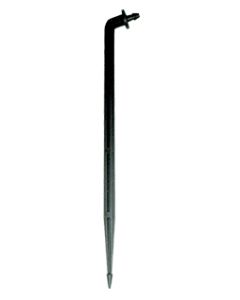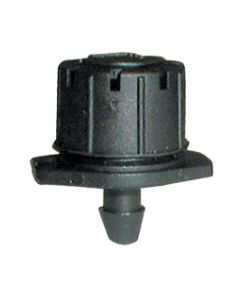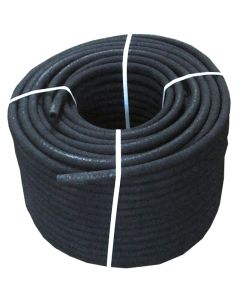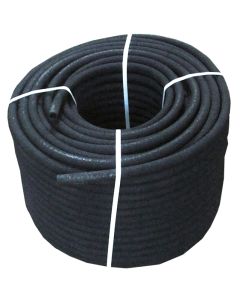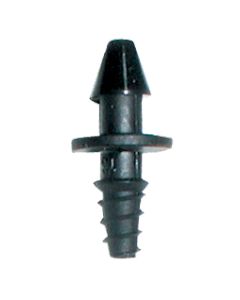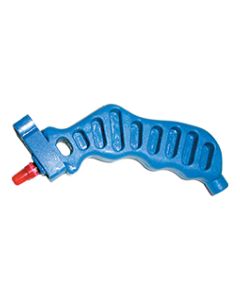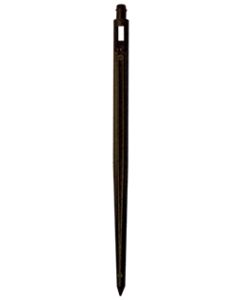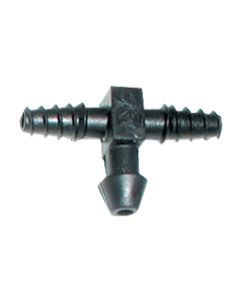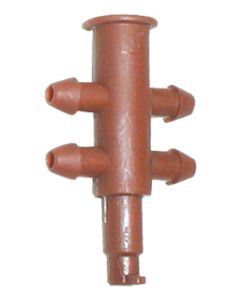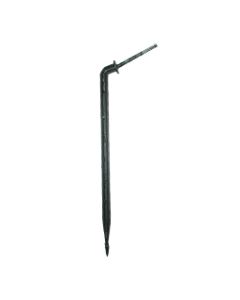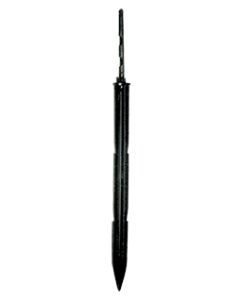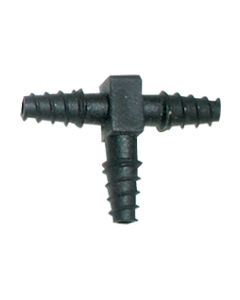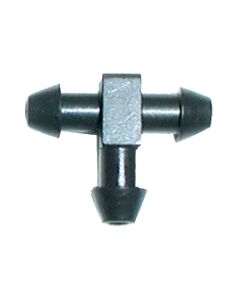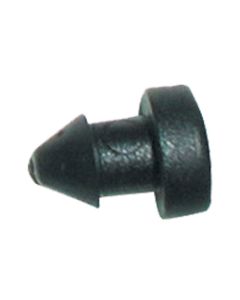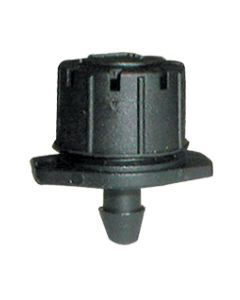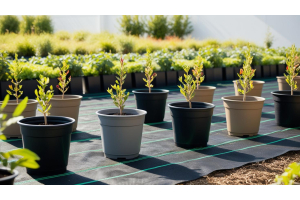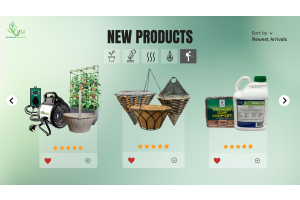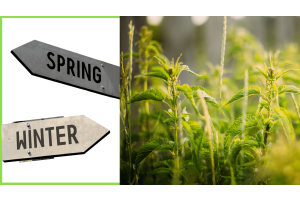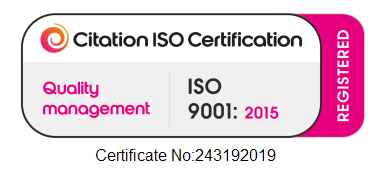Maximizing Yield with Drip Irrigation: The Perfect Match for Sustainable Horticulture.
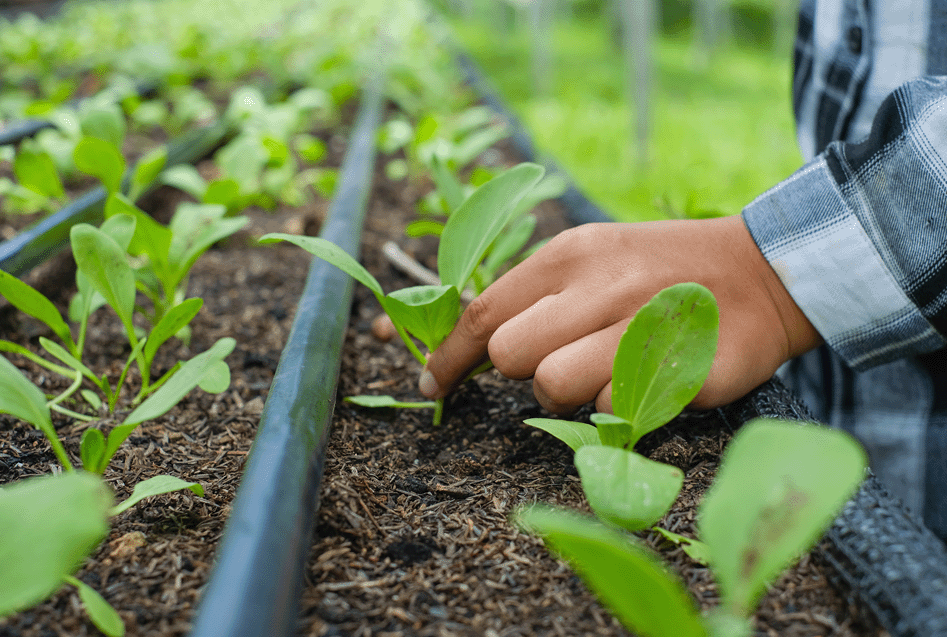
In the quest for sustainable and efficient horticultural practices, garden centres and gardeners have turned to innovative solutions like drip irrigation. This method of watering crops offers numerous advantages over traditional irrigation systems, making it a game-changer in the world of horticulture. In this blog post, we will explore the benefits of drip irrigation and shed light on the crops that are best suited for this water-efficient technique.


Water Conservation and Efficiency: Drip irrigation is renowned for eliminating water waste and conserving this precious resource. Unlike conventional irrigation methods that spray water over a large area, drip irrigation delivers water directly to the plant's root zone. This targeted approach ensures that each plant receives the optimal amount of water, reducing evaporation and runoff. By conserving water, farmers can minimize their environmental impact and contribute to sustainable agricultural practices.
Enhanced Plant Health and Yield: One of the greatest advantages of drip irrigation is its ability to provide plants with the right amount of water at the right time. Plants can access moisture and nutrients more efficiently by delivering water directly to the roots. This precision watering technique helps prevent overwatering or underwatering, which can lead to stunted growth, diseases, and reduced yield. With drip irrigation, growers can create an ideal environment for their plants, resulting in healthier plants and increased productivity.
Labour and Cost Savings: Conventional irrigation systems often require significant labour and resources to maintain. Drip irrigation, on the other hand, offers significant labour and cost savings. Once the system is set up, it requires minimal maintenance, freeing up valuable time and resources for other activities. Additionally, by reducing water usage, growers can also benefit from lower water bills, making drip irrigation a financially viable option in the long run.
Versatile Crop Suitability: While drip irrigation can be used for a wide range of crops, certain plants benefit greatly from this watering technique. Here are some crops that are particularly well-suited for drip irrigation:
Fruits and Vegetables: Drip irrigation is ideal for crops such as tomatoes, peppers, melons, strawberries, and cucumbers. These plants require consistent moisture levels to develop their full flavour and yield. Drip irrigation ensures that water is delivered precisely to their root zones, promoting healthy growth and bountiful harvests.
Herbs and Medicinal Plants: Basil, mint, sage, lavender, and other herbs thrive with drip irrigation. The controlled watering helps maintain the delicate balance of moisture required for their aromatic oils and medicinal properties.
Ornamental Plants: Drip irrigation can be used for various ornamental plants, including roses, azaleas, and ornamental grasses. This method reduces the risk of water splashing on the foliage, limiting the spread of diseases and promoting the overall health and vitality of the plants.
Conclusion: Drip irrigation is revolutionizing the horticultural/ agricultural industry by offering a sustainable and efficient way to grow crops. Its ability to conserve water, enhance crop health, and reduce labour costs makes it an attractive choice for growers and gardeners worldwide. By understanding which crops are best suited for drip irrigation, growers can maximize their yield, minimize water waste, and contribute to a greener future. Embracing this innovative technique is a smart investment and a step towards a more sustainable and prosperous horticultural/ agricultural sector.
-
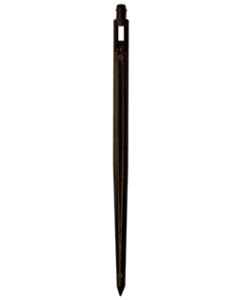 Stakes/Drippers-Prevo StakeOut of stock
Stakes/Drippers-Prevo StakeOut of stock -
-
- Events (0)
- Blog (69)
-
Sustainability
(16)
- irrigation (3)
- peat (3)

